Gamer reviews for Tekken Card Tournament
Inside and Out: Tekken: Card Tournament

At the onset, it is quite intriguing to know how one could actually pull-off a mobile-app game riding out the gaming world with the name “Tekken” with it. Simply because, Tekken has successfully branded itself to become one of the biggest names in the gaming industry–a name every gamer out there surely recognizes and knows for a fact. So if that is the case, what is there not to love about Tekken: Card Tournament?
There are actually three things to consider.
First is the platform. Mobile apps rely heavily on touch screen input nowadays, which we all know, presents different sorts of troubling experience in gaming. And when a reliable control input is a problem, you are left basically with few alternatives.
Second is the expectation. Tekken has, without question, a massive fan-base. Knowing this, the developer could actually do only two things:
1. Make a successful game out of the original one. This will surely make the supporters happy which is good for the company and the franchise.
2. Make a crap-ass- / crappy game out of the original one. -This will most likely make the supporters think the company is just milking the franchise by using its popular alias to create a crappy game and set the world on fire by doing so.
Lastly, the word "Card" in the title has some effect. It’s mostly certain that Tekken fans have always been after its traditional arcade genre and along with other things that the game usually offers. It's all about the fighting experience that it gives–the blood-rush during critical pinch-times and the thrilling application of strategy and techniques by the player.
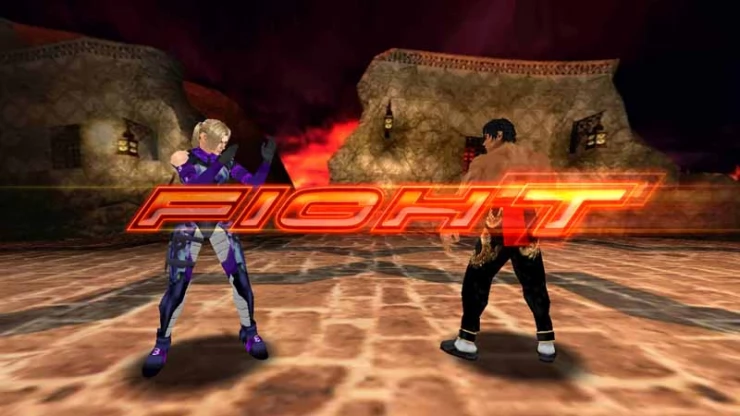
To put it simply, this TCG-based spin-off will more likely be turned down by the title alone. But what the hell, its Tekken!
Tekken: Card Tournament (TCT) was developed and published by its original producer Namco Bandai. It was released in 2013 for both Android and iOS mobile platforms. And two years since the initial release of this TCG based spin-off, the game is still making noise. So what’s making all that buzz?
TCT somehow managed to pull off a game that closely resembles its popular arcade-style game counterpart without sacrificing any of the input control reliability issues, visuals, and even the competitive vibe you get. By Introducing some well-adopted game formulas for touch screen devices like RPS mechanics (Rock-Paper-Scissors) and the card-collecting-game aspect, it surprisingly made a decent whole new genre for the franchise and somewhat leaves a impression that this game is still, in essence, a “Tekken” game.
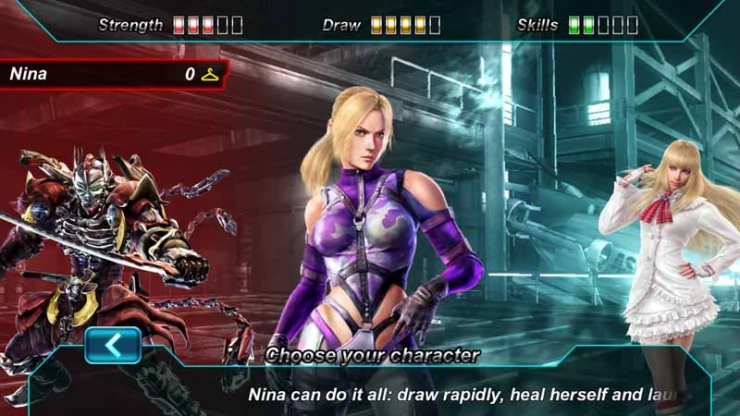
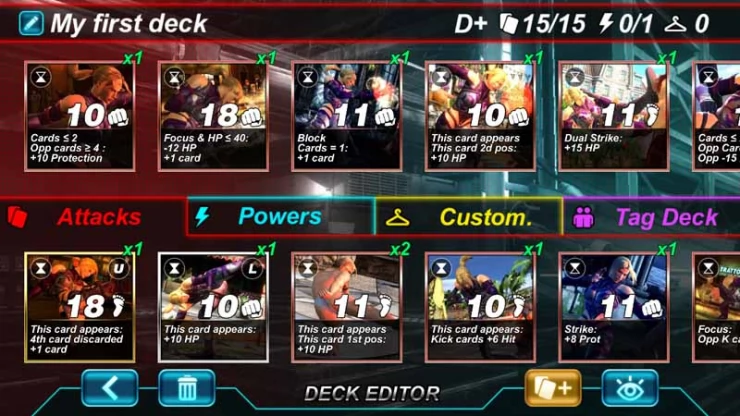
Now let’s move on to the actual game play. TCT is basically a trading card game that utilizes a Rock-Paper- Scissors mechanic but in a more complicated manner. They made use of the TCG-aspect by segregating different signature attack types of the fighters in each individual card. Every fighter has his/her individual set of cards that incorporates his/her every attack moves.
Adding more complexity to this is the level/color of a card . Most of the attack cards have three versions; common (bronze colored), which is really the weakest version of the card; uncommon (silver colored), which introduces add-on effects to the card; and the rare type (gold colored), which is the strongest version of that specific card. A complete deck is comprised of 15 cards that a player would normally customize strategically to make sure of a smooth-flowing attack plan.
Now let’s tackle the actual battle phase. Every turn, the participating players, (or if you’re playing solo, you and the AI) would have to pick a choice of action. Both of the players’ resolve will then be shown after. The options are: Focus, Strike, and Block. Focus will make you draw a card onto the platform. Strike will let you attack your opponent with your set of cards in the platform. And the Block option will make you block the attack of the first two cards of your opponent’s set of cards in the platform. The game play may sound a bit too simple, but it shouldn't be underestimated. Gameplay may rely on simple RPS mechanics, but it is tweaked in an elaborate way.
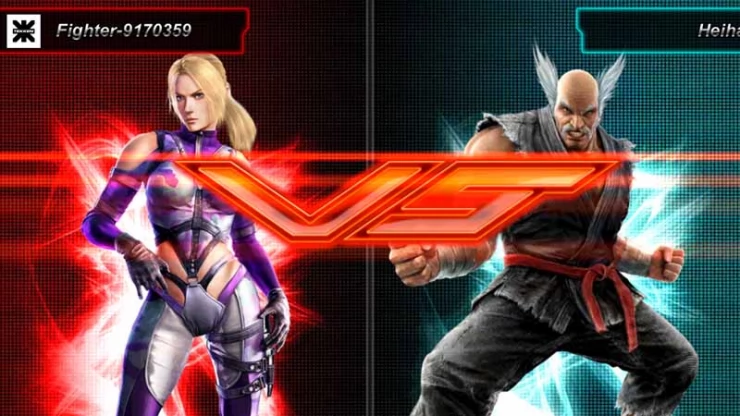
Now that we’ve sorted out the game play, let’s now dwell on the graphics. TCT sports a three-dimensional rendering of its characters and display, along with the characters’ life gauge on top–something that is very much like the original Tekken arcade game. As mentioned before, every card is like an individual attack move. Manage to land a strike to your opponent and your character will actually perform these set of attacks on your opponent’s character. In essence, the visuals are really comparable to what you get with the real arcade game. Even the background music and sound effects are set in for that legit “Tekken-experience”.
To summarize all that, Tekken: Card Tournament is by all means a worthy “Title”-holder of the famous franchise. The challenges presented in making a mobile platform game counterpart were resolved in an unexpected way but still in a smart fashion. It may have lost the fluid fighting experience that the original arcade-game provides, but it still delivers the same input of technique, appealing visuals, and most importantly, the intense blood-pumping thrill you get as you go toe-to-toe with your opponent(especially when you’re in a pinch).
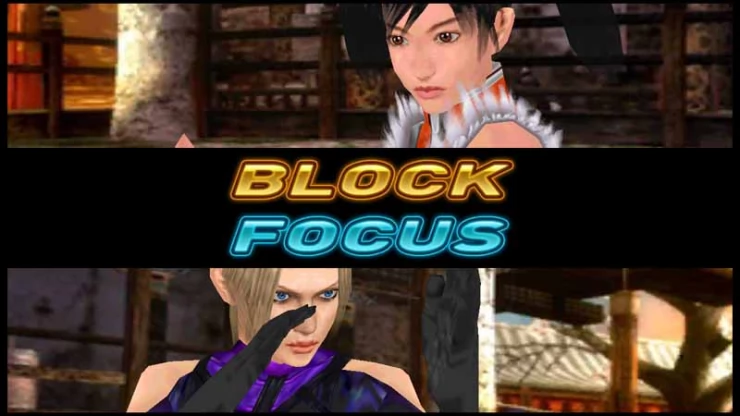
However, despite overcoming these challenges, the game drastically lost its charm with the employment of in-app-purchases concept. Regardless of the fun you get while playing the game, you will surely stumble upon hard-to-defeat areas even just on the easy mode. It is also hard to obtain cards as they are expensive in the game (30,000 gold for two silver cards plus three random cards. Compared to only the 2500 gold you get per battle) and rare cards are even MORE harder to obtain. As you progress in the game, it will also start to implement limiting factors such as the movement penalty system. Resulting for the player to either, retire playing the game altogether, or pay up some cash to advance.